Dinner
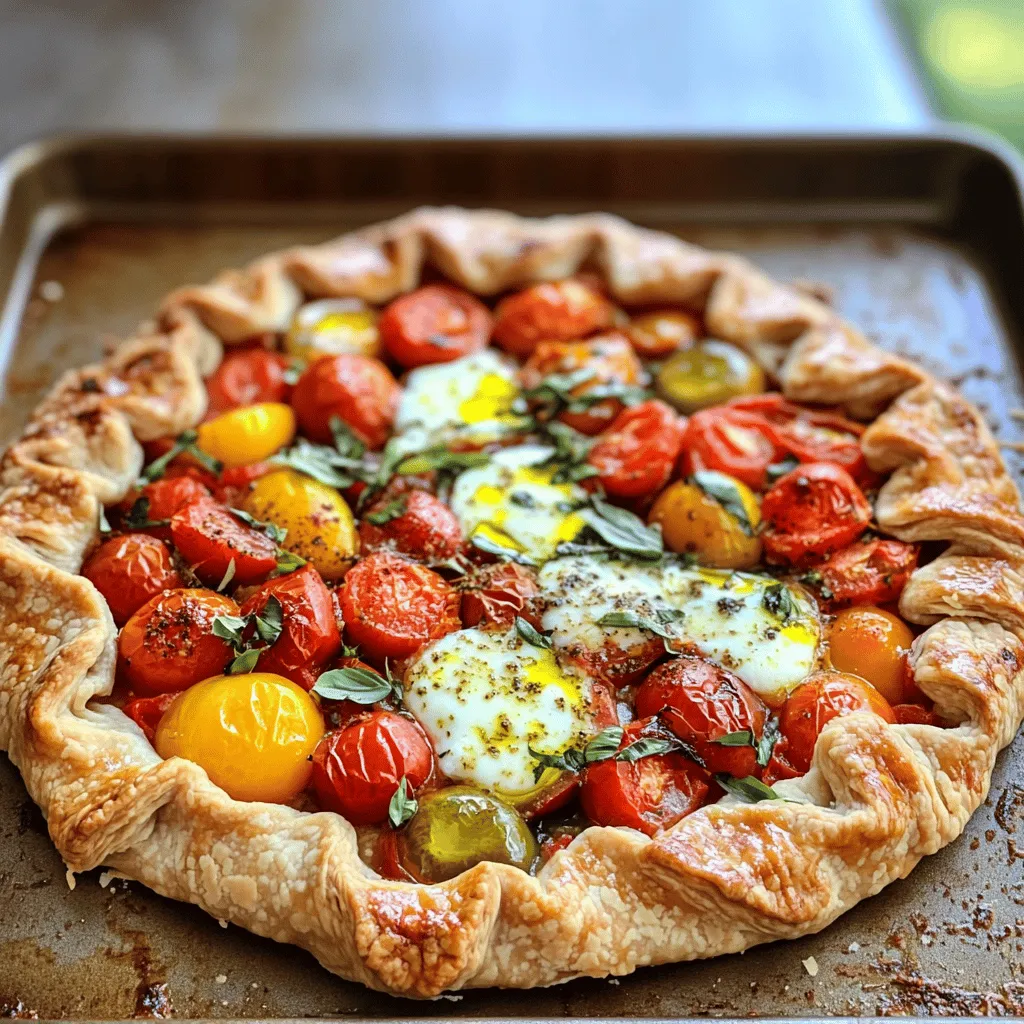
The Best Tomato Galette Savory and Flavorful Recipe
Are you ready to enjoy a delicious Tomato Galette that bursts with flavor? This savory dish combines ripe tomatoes, fresh mozzarella, and a flaky crust
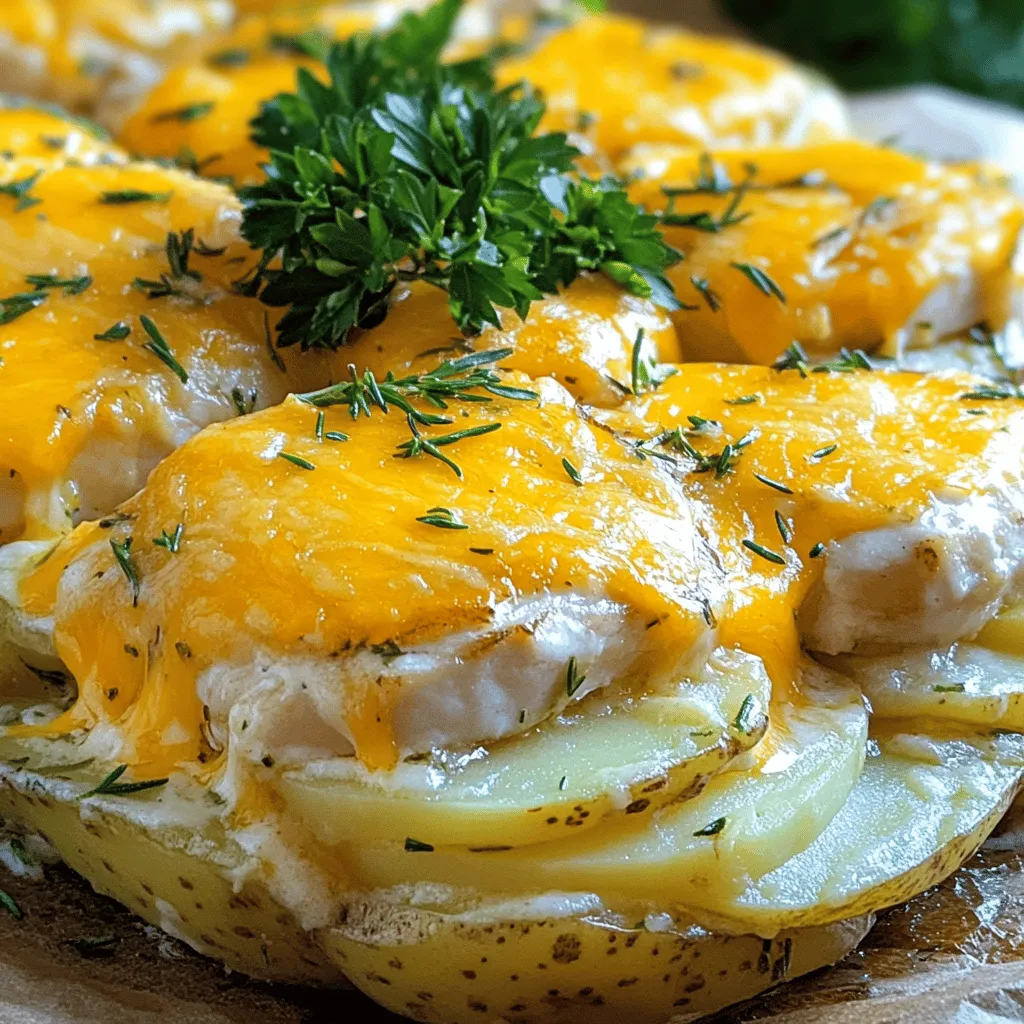
Chicken Potato Bake Simple and Delicious Comfort Meal
Looking for a warm and filling dish to please your family? My Chicken Potato Bake is just what you need. It’s simple to make, packed
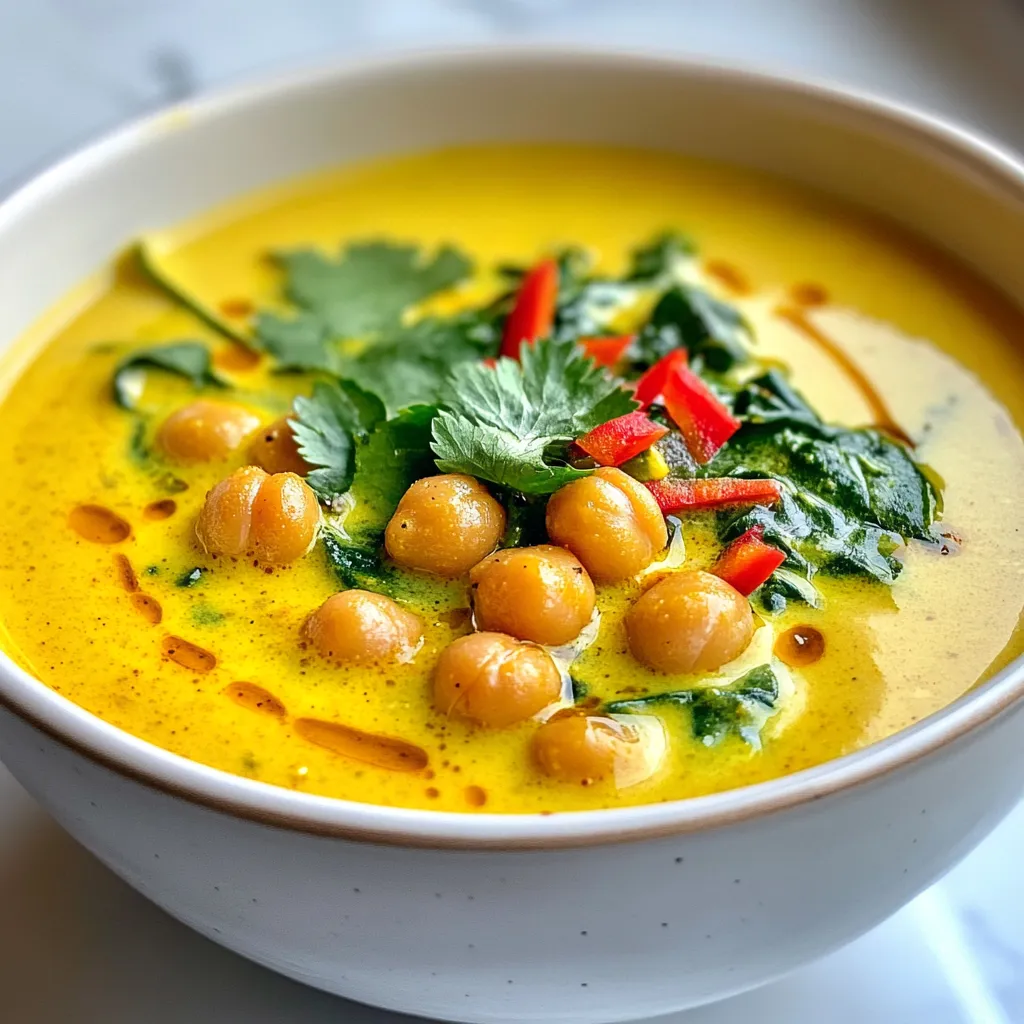
Coconut Curry Chickpea Soup Simple and Flavorful Recipe
Are you ready to warm up with a bowl of Coconut Curry Chickpea Soup? This simple yet flavorful recipe combines creamy coconut milk and hearty
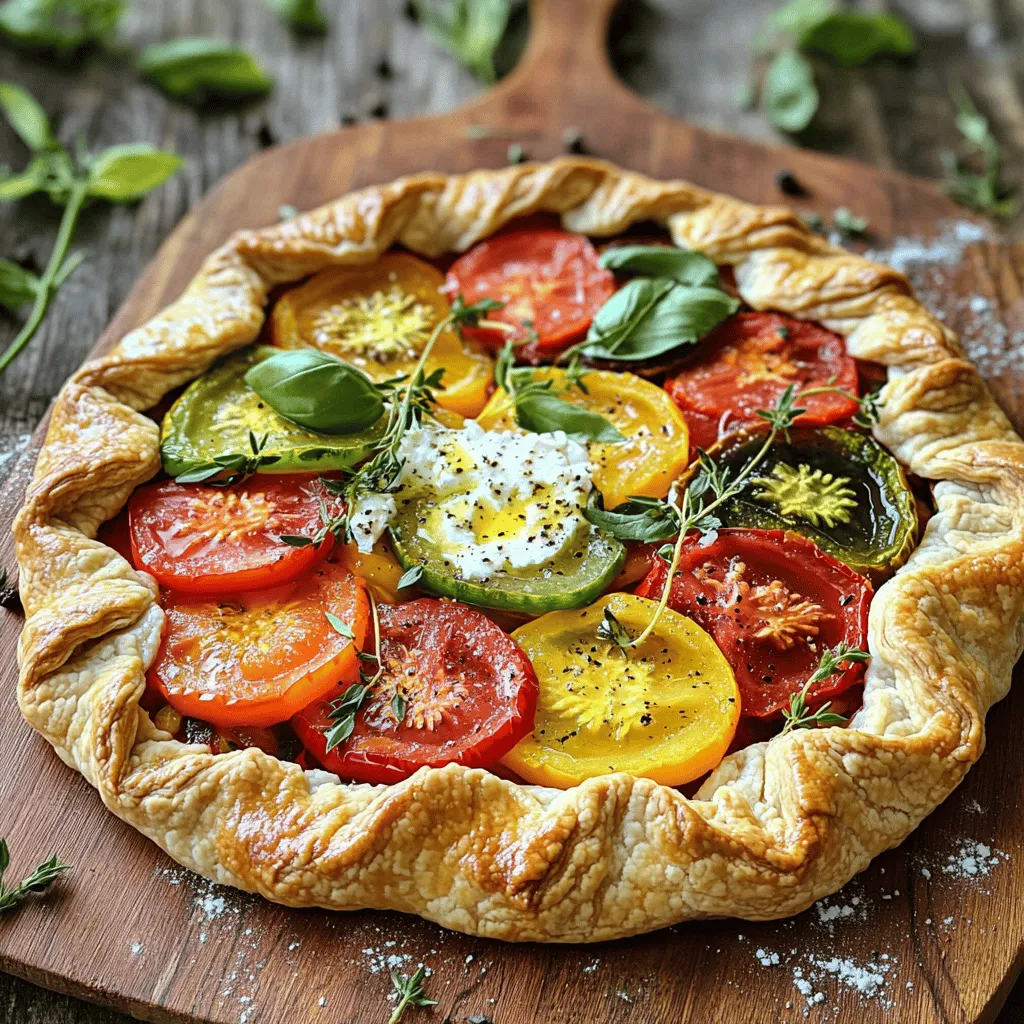
Delicious Heirloom Tomato Galette Simple and Easy Treat
Are you ready to delight your taste buds? This Delicious Heirloom Tomato Galette is a simple and easy treat you can whip up at home.

Sweet and Sour Chicken Flavorful and Easy Recipe
Craving a balance of sweet and tangy in your meals? You’re in luck! This Sweet and Sour Chicken recipe is not only flavorful, but it’s
![To make my buttermilk fried chicken, gather these simple ingredients. Each one plays a key role in giving your chicken that crispy and flavorful delight. - 4 chicken thighs (bone-in and skin-on) - 2 chicken breasts (boneless and skinless) - 2 cups buttermilk - 1 tablespoon of your favorite hot sauce (optional for heat) - 1 cup all-purpose flour - 1 teaspoon paprika - 1 teaspoon garlic powder - 1 teaspoon onion powder - 1 teaspoon cayenne pepper (adjust for spice preference) - Salt and black pepper to taste - Vegetable or canola oil, for frying Each ingredient has a purpose. The buttermilk tenderizes the chicken. The hot sauce adds a nice kick, but you can skip it if you want mild flavor. The flour and spices create a crunchy, tasty crust. The oil makes frying easy and gives that golden color. For the full recipe, check out the details above! Start by mixing the buttermilk and hot sauce in a bowl. The buttermilk gives the chicken a tender bite. The hot sauce adds a kick. Submerge the chicken pieces in the mix. Make sure every piece is well-coated. Cover the bowl with plastic wrap. Place it in the fridge for at least four hours. For best results, marinate overnight. This helps the flavors soak in deep. When you are ready to cook, take the chicken out of the fridge. Let the excess buttermilk drip off. This ensures the coating will be crispy. Next, prepare the flour mix. In a shallow dish, whisk together the flour and seasonings. Use paprika, garlic powder, onion powder, and cayenne pepper. Add salt and black pepper to taste. This mix creates a flavorful crust for the chicken. Now, it's time to heat the oil. Pour enough oil into a pot to cover the chicken by about two inches. Heat the oil over medium-high heat. You want it to reach 350°F (175°C). Use a thermometer for accuracy. Once the oil is hot, carefully add the chicken pieces. Do not overcrowd the pot; fry in batches if needed. Cook each side for about 12-15 minutes. The coating should turn golden brown and crunchy. The internal temperature of the chicken should reach 165°F (75°C). After frying, let the chicken drain on a wire rack or paper towels. This step helps keep it crispy. For the full recipe, check the complete instructions above. - Flour coating techniques: For a crunchy bite, use a dry flour mix. Dredge each chicken piece well. Press lightly, so the flour sticks. Shake off extra flour. This helps avoid clumps and gives a nice crisp. - Temperature control for frying: Heat the oil to 350°F (175°C). Use a thermometer for accuracy. If the oil is too cold, the chicken will absorb oil and get soggy. If it's too hot, the outside may burn before the inside cooks. - Adjusting spice levels: You can change the spice level to fit your taste. Add more cayenne for heat or skip it for mild chicken. Taste the flour mix before coating the chicken. This helps ensure it's just right. - Additional marinade options: Want more flavor? Try adding herbs like thyme or rosemary to the buttermilk. You can also use garlic cloves or shallots for a richer taste. Let your creativity shine here! - Recommended side dishes: Buttermilk fried chicken pairs well with creamy coleslaw, buttery mashed potatoes, or cornbread. These sides complement the chicken's crunch and flavor. - Best sauces to pair with fried chicken: A tangy barbecue sauce or classic ranch dressing works great. You can also serve hot sauce for those who like a spicy kick. Each dip adds a fun twist to the meal. For the full recipe and detailed instructions, check out the [Full Recipe]. {{image_4}} Want to add some heat? Spice up your buttermilk fried chicken with sauces. You can use hot sauce in the marinade. I like to add a tablespoon of my favorite hot sauce. This gives the chicken a nice kick. You can also mix cayenne pepper into the flour. Adjust the amount to how spicy you want it. If you want more heat, try a chili powder or Sriracha. Each of these options adds a new layer of flavor. Fresh herbs can give your fried chicken a unique twist. Try adding rosemary, thyme, or parsley to the marinade. It brings a fresh taste to the chicken. Just chop the herbs finely and mix them with the buttermilk. Let the chicken soak in that herby goodness. You will enjoy a fragrant and tasty dish. This variation is perfect if you love garden flavors. If you want a healthier option, try oven-baked buttermilk chicken. This method cuts down on oil. First, marinate the chicken like in the original recipe. Then, preheat your oven to 425°F (220°C). Place the coated chicken on a baking sheet. Use parchment paper for easy cleanup. Bake for about 25-30 minutes. Make sure the chicken reaches 165°F (75°C) inside. This method gives you crispy skin without frying. It's a great way to enjoy the same flavors with less fat. For the full recipe, check the section above. To keep your leftover buttermilk fried chicken fresh, store it in an airtight container. This keeps the chicken from drying out. Place paper towels at the bottom of the container to absorb moisture. This will help keep the skin crispy. How long does it last in the fridge? Properly stored, it lasts about three to four days. Make sure to eat it within this time for the best taste and safety. If you want to save some for later, freezing cooked chicken is a great idea. Let the chicken cool down to room temperature first. Wrap each piece tightly in plastic wrap or aluminum foil. Then, place the wrapped chicken in a freezer-safe bag. This helps prevent freezer burn. When you're ready to eat it, you can reheat it straight from the freezer. Just place the chicken on a baking sheet and heat in the oven at 375°F (190°C) for about 20-25 minutes. This method keeps the chicken juicy and the coating crispy. Enjoy your delicious meal again! I suggest marinating your chicken for at least 4 hours. For the best flavor, try to marinate overnight. This helps the chicken soak in the tangy buttermilk and spices, making it juicy and tender. Yes, you can use boneless chicken. It cooks faster but may not be as juicy as bone-in options. Keep an eye on the cooking time. Boneless pieces will need about 8-10 minutes per side. Buttermilk fried chicken pairs well with various sides. Popular options include creamy coleslaw, buttery mashed potatoes, and cornbread. You can also add some pickles or a fresh salad for a nice crunch. If you don’t have buttermilk, you can make a quick substitute. Mix 1 cup of milk with 1 tablespoon of vinegar or lemon juice. Let it sit for about 5-10 minutes. This will give you a similar tangy flavor. You can check if your chicken is done by using a meat thermometer. The internal temperature should reach 165°F (75°C). You can also look for a golden brown color on the outside. If the juices run clear, it’s ready to eat. For the full recipe, check out the previous sections! In this post, we explored how to make buttermilk fried chicken. We discussed key ingredients like the chicken and the marinade. You learned easy step-by-step instructions, tips for perfect crunch, and varied cooking methods. Remember, adjusting spices can enhance flavor. Proper storage also keeps leftovers fresh. Fried chicken is fun to make and eat. Using these tips, you can impress your friends and family! Enjoy the cooking process and all the delicious meals ahead.](https://tossedflavors.com/wp-content/uploads/2025/06/e2950360-46ff-4304-b864-453b84437bcc.webp)
Buttermilk Fried Chicken Crispy and Flavorful Delight
If you crave juicy, crispy fried chicken, you’re in the right place! My recipe for Buttermilk Fried Chicken combines tender meat with a crunchy coating,
![- 4 boneless, skinless chicken breasts - 1/2 cup buttermilk - 1 tablespoon Dijon mustard - 1 teaspoon garlic powder - 1 teaspoon onion powder - 1 teaspoon smoked paprika - 1 teaspoon salt - 1/2 teaspoon freshly ground black pepper - 1/4 cup all-purpose flour - 1/4 cup cornstarch - 3 tablespoons unsalted butter - Fresh parsley, finely chopped (for garnish) - Mixing bowl - Sharp knife - Measuring cups and spoons - Oven-safe skillet - Plastic wrap or lid To make your melt in your mouth chicken breast, start with fresh, high-quality ingredients. Using the right tools helps too. A sharp knife makes cutting easier. A mixing bowl mixes flavors well. Measuring cups and spoons ensure accuracy. An oven-safe skillet allows for searing and baking in one dish. Gathering your tools and ingredients first makes cooking smooth. It also saves time. You won’t have to scramble for items while cooking. This recipe takes simple items and turns them into a delightful meal. For the best flavor, use fresh herbs when possible. Fresh parsley brightens the dish and adds color. The buttermilk tenderizes the chicken, making it juicy. Combine the ingredients carefully to ensure every bite is full of flavor. Check out the [Full Recipe] for a complete guide to making this dish! - In a medium mixing bowl, combine buttermilk, Dijon mustard, garlic powder, onion powder, smoked paprika, salt, and black pepper. - Whisk until smooth. - Add the chicken breasts, making sure they are well-coated. - Cover the bowl with plastic wrap or a lid and refrigerate for at least 1 hour. For the best flavor, marinate overnight. - Preheat your oven to 375°F (190°C). - In a shallow dish, mix flour and cornstarch together. - Remove the chicken from the marinade and shake off excess liquid. - Dredge each breast in the flour-cornstarch mix, covering all sides evenly. - In an oven-safe skillet, melt the butter over medium heat. - Once bubbling, add the chicken breasts to the skillet. - Sear each breast for 4-5 minutes on each side until golden brown. - After searing, transfer the skillet to the preheated oven. - Bake the chicken for 15-20 minutes, until it reaches an internal temperature of 165°F (74°C). - After baking, let the chicken rest in the skillet for a few minutes. This helps keep it juicy and tender. For a full recipe with all details, check the [Full Recipe]. Marinating chicken makes it juicy and tasty. I recommend marinating for at least one hour. For the best results, let it sit overnight. This gives the flavors time to soak in. Searing is key for a great crust. Start with a hot skillet and add butter. Cook each side for 4-5 minutes. You want a nice golden color. Feel free to mix up the spices. Try adding oregano or thyme for a fresh twist. Lemon zest adds brightness, too. If you love heat, a pinch of cayenne can spice things up. Adjust the salt and pepper to match your taste. You can also use garlic or onion powder for extra flavor. Use a heavy skillet for even cooking. Cast iron skillets work great. They hold heat well and create a good crust. Keep your skillet seasoned to prevent sticking. Clean it with hot water and avoid soap. This keeps the flavors intact for your next meal. {{image_4}} You can make this chicken even better by adding new flavors. Try mixing citrus juice, like lemon or lime, into the marinade. This brightens the dish and adds a zesty kick. Fresh herbs, like thyme or rosemary, also work great. They give the chicken a fresh taste. You can even mix different mustards. Honey mustard adds sweetness, while whole grain mustard brings texture. These tweaks make your meal unique and exciting. Grilling is a fun way to cook this chicken. It gives a smoky taste that many love. Just marinate the chicken and place it on the grill. Cook until it reaches the right temperature for juicy meat. If you prefer quicker cooking, use the stovetop. Heat a pan on medium-high and sear the chicken as in the oven method. Both methods keep the chicken tender and tasty. Pair this chicken with delicious sides for a full meal. Roasted vegetables like carrots and Brussels sprouts work well. A fresh salad with greens and a simple vinaigrette also complements the chicken. You can add some creative garnishes, like lemon wedges or extra herbs, for a pop of color. These small touches make your plate look great and taste even better. For the full recipe, check out the complete guide for all steps. To keep your cooked chicken fresh, store it in an airtight container. This helps seal in moisture and flavor. Make sure the chicken is completely cool before you store it. Properly stored, it lasts in the fridge for up to four days. If you want to enjoy it longer, consider freezing it. You can freeze both uncooked and cooked chicken. For uncooked chicken, wrap each piece in plastic wrap, then place it in a freezer bag. Remove as much air as possible. For cooked chicken, let it cool, then slice it. Store slices in a single layer, using parchment paper between layers to prevent sticking. Thaw frozen chicken in the fridge overnight. This method keeps the chicken juicy and tasty. When reheating, keep moisture in by covering the chicken. You can use a microwave or an oven. For the microwave, heat on medium for 2-3 minutes. Check every minute until it’s warm. In the oven, preheat to 350°F (175°C). Place the chicken in a dish, cover it, and heat for 15-20 minutes. This keeps it tender and flavorful. Enjoy your melt in your mouth chicken breast! For the full recipe, check out the previous section. Marinating chicken is key for tender meat. The buttermilk in the marinade breaks down proteins. This helps the chicken stay juicy. Also, cooking techniques matter a lot. Searing the chicken in butter gives it a nice crust. Baking it afterward keeps it moist and tender. This two-step cooking method enhances the flavor and texture. Yes, you can use frozen chicken but with care. It’s best to thaw it first. This helps the marinade soak in better. If you cook from frozen, add extra time to the cooking process. Use a meat thermometer to check if it reaches 165°F. This ensures the chicken is cooked through and safe to eat. Dry chicken can happen for a few reasons. Overcooking is a common issue. Always check the cooking time and use a thermometer. If the chicken ends up dry, try adding a sauce or broth. This can help restore some moisture. You can also use the leftovers in soups or salads for extra flavor. To sum up, we covered the essential ingredients and steps for making tender chicken breasts. You learned the importance of marinating and searing, along with tips for flavoring and cooking methods. Remember, a well-cooked chicken can please anyone and adapt to many tastes. Whether you grill, bake, or try new spices, each step can make a big difference. Keep these tips handy for your next cooking adventure, and enjoy each bite!](https://tossedflavors.com/wp-content/uploads/2025/06/c93975b3-234e-445f-bb32-2281024cbcb4.webp)
Melt in Your Mouth Chicken Breast Simple and Tasty Recipe
Are you ready to impress your family with a dish that truly melts in your mouth? In this simple and tasty recipe, I’ll show you
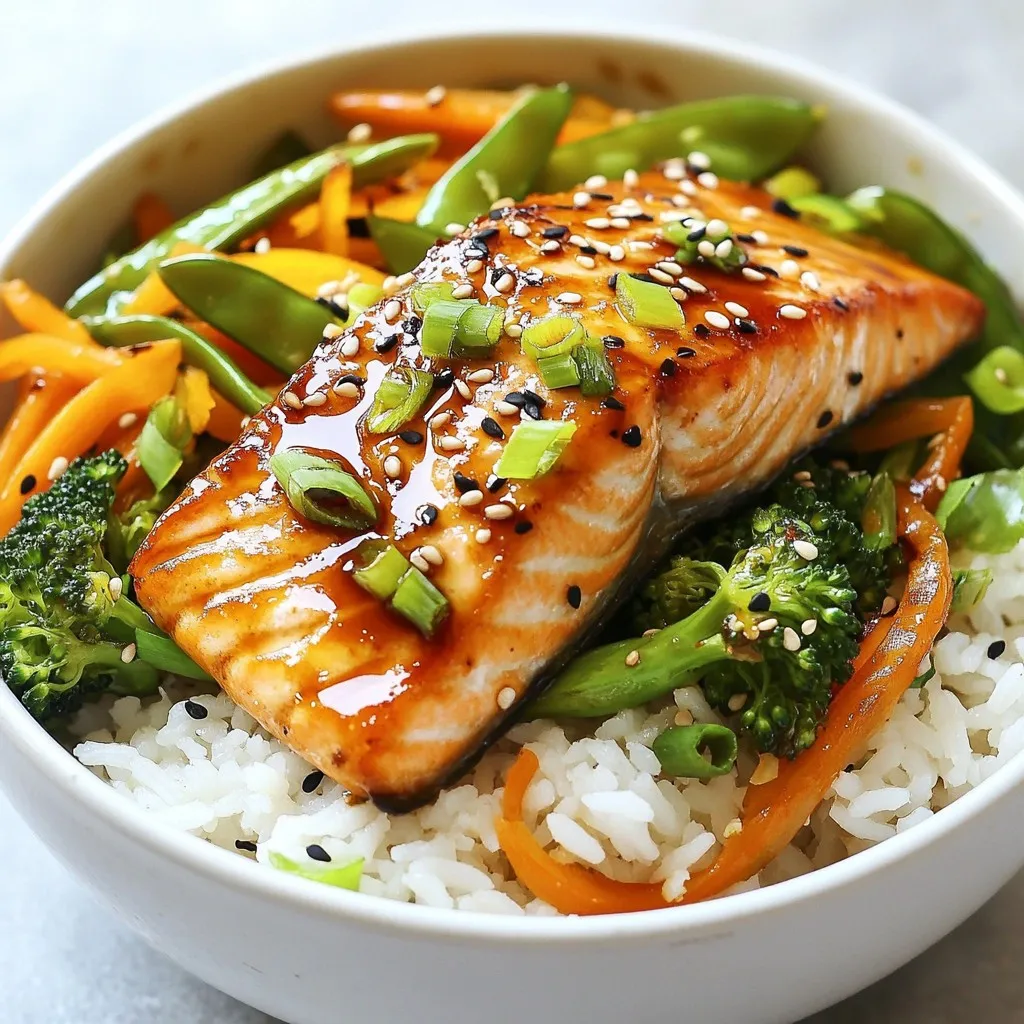
Teriyaki Salmon Rice Bowls Flavorful and Easy Recipe
Are you ready to whip up a meal that’s both tasty and simple? Teriyaki Salmon Rice Bowls are just that! This dish combines juicy salmon,
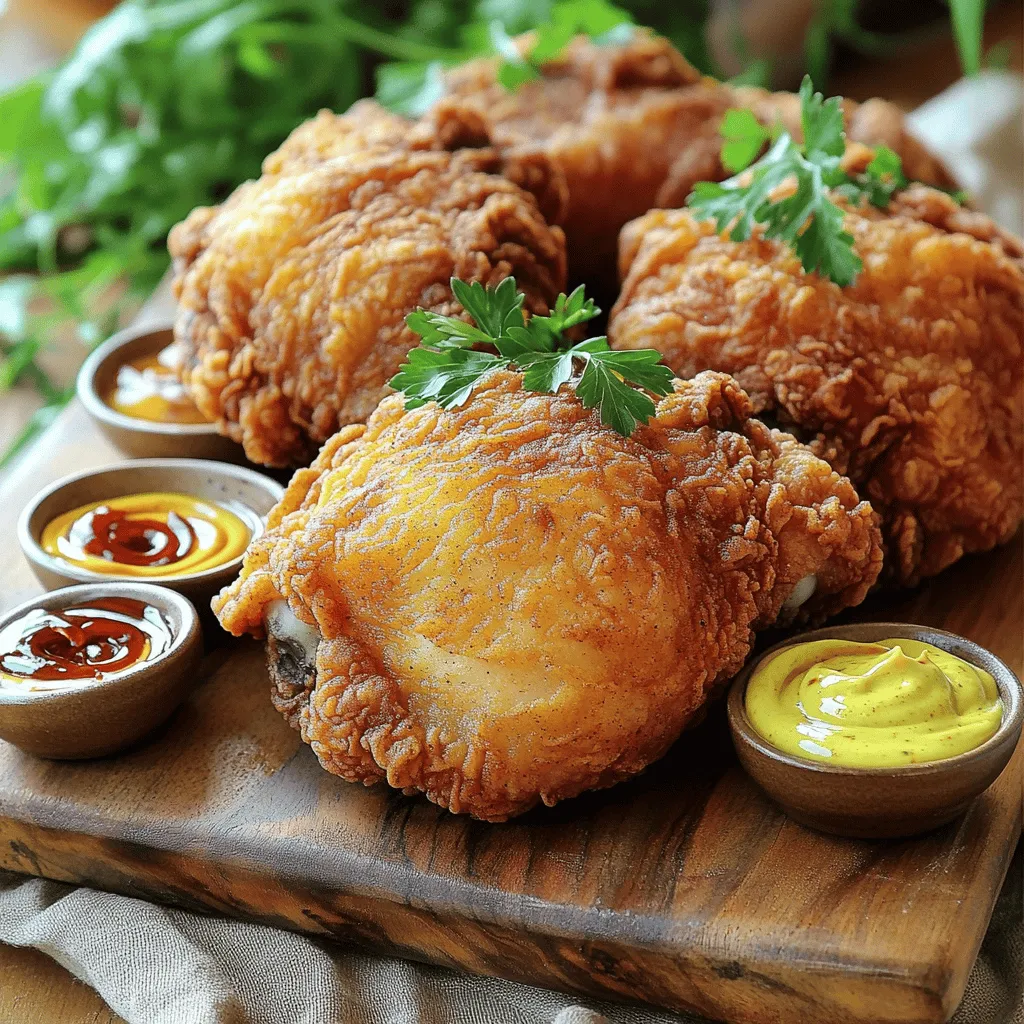
No-Fuss Fried Chicken Simple and Crispy Recipe
Are you craving crispy, mouthwatering fried chicken without the fuss? You’ve come to the right place! In this simple recipe, I’ll show you how to
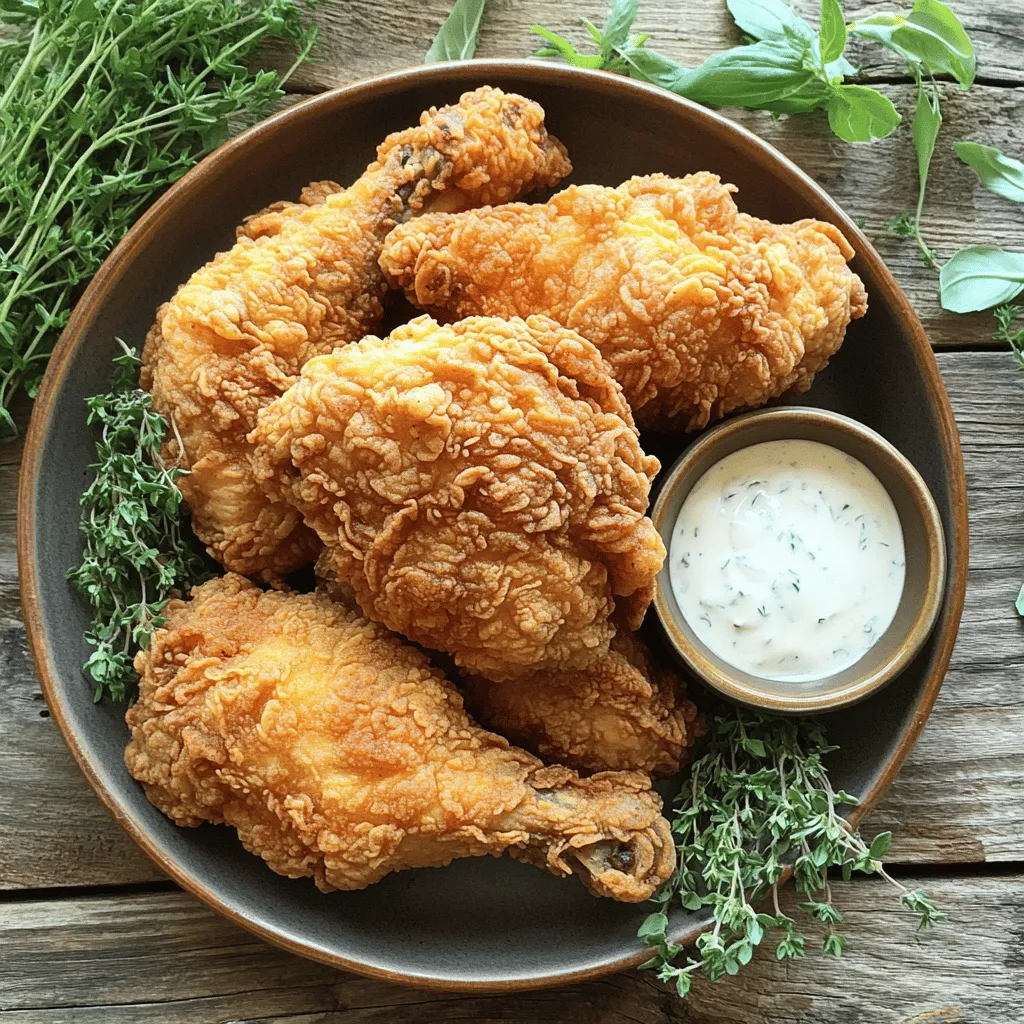
Copycat KFC Fried Chicken Crispy and Flavorful Recipe
Craving the crispy, flavorful taste of KFC fried chicken? You’re not alone! In this post, I will share an easy copycat recipe that captures all